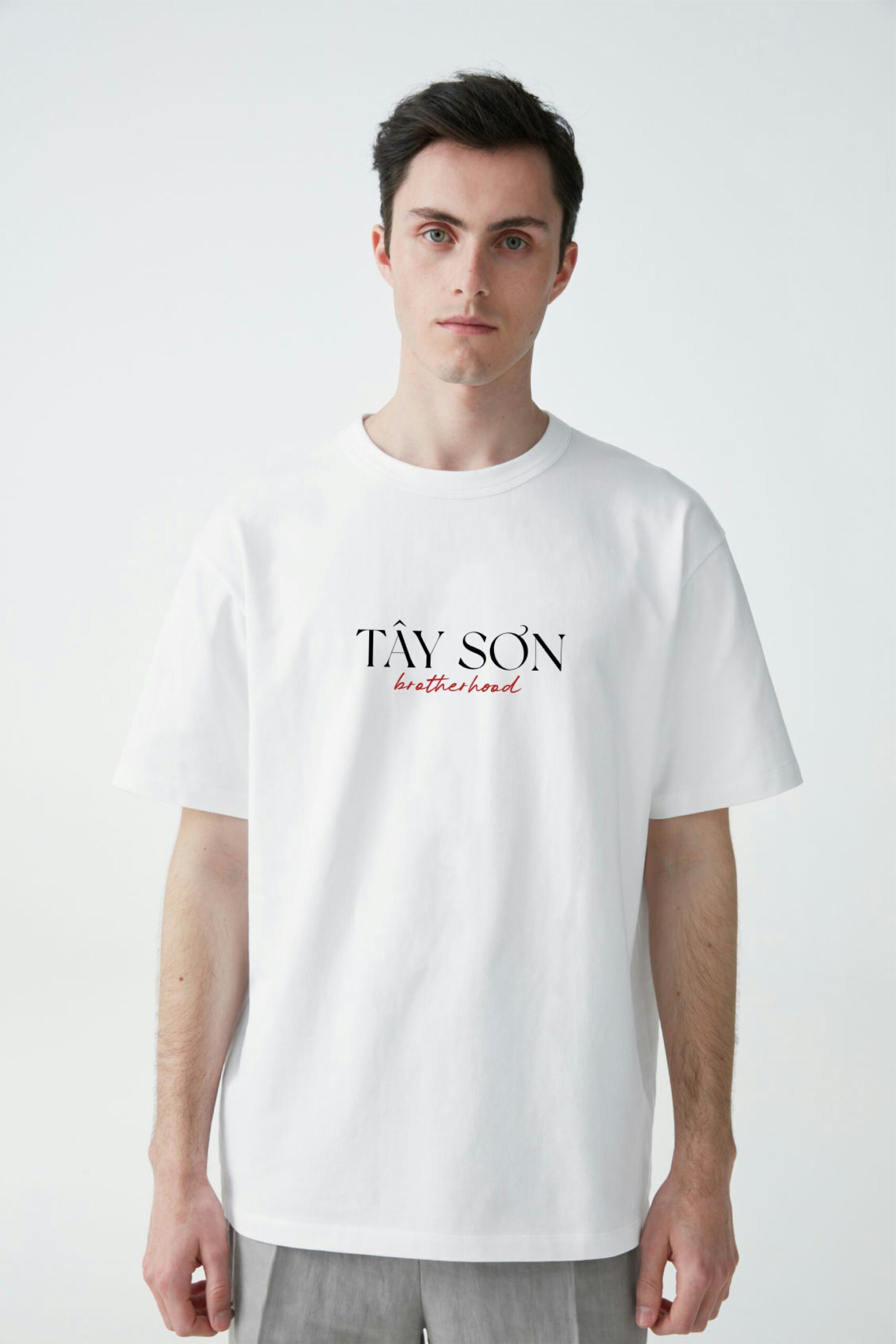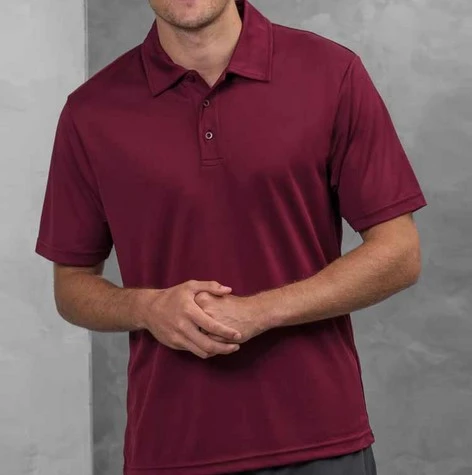Introduction
Crewneck t-shirt manufacturing has played a vital role in shaping the global apparel industry. The crewneck t-shirt, with its simple round neckline and versatile design, has become an everyday fashion essential. From luxury fashion houses to small-scale streetwear brands, crewnecks remain one of the most widely produced and purchased garments worldwide.
In this post, we’ll explore the entire crewneck t-shirt manufacturing process — from fabric selection and design to mass production and quality control. You’ll also discover the different types of crewnecks, their fabrics, sustainability considerations, and the future of crewneck fashion.
👉 Looking to manufacture your own crewneck t-shirts or start a clothing line? Contact Us at Lead Sports for expert guidance and apparel production support.
The History of Crewneck T-Shirts
The origins of the crewneck date back to the early 1900s when U.S. Navy sailors and athletes used the design because of its durability and comfort. The rounded neckline was practical and could be layered under uniforms.
By the mid-20th century, the crewneck became a symbol of casualwear. Hollywood icons like Marlon Brando and James Dean popularized the white crewneck t-shirt in movies, turning it into a fashion statement.
Today, crewnecks are manufactured in billions each year and sold across every fashion segment, from fast fashion to premium luxury labels.
Step-by-Step Manufacturing Process
1. Designing the Crewneck
Designers create technical sketches and measurements for different sizes. This includes:
- Neckline width and depth
- Sleeve length variations (short, long, raglan)
- Fit types (slim, regular, oversized)
2. Fabric Selection
The most common fabrics for crewneck t-shirts are:
- 100% Cotton – soft, breathable, and durable
- Cotton-Polyester Blend – wrinkle-resistant and long-lasting
- Organic Cotton – sustainable and eco-friendly
- Bamboo & Recycled Fabrics – emerging eco-friendly options
3. Fabric Cutting
The fabric is layered in stacks and cut into pieces (front, back, sleeves, neck rib). Computerized cutting machines ensure accuracy and minimal wastage.
4. Stitching & Assembly
- The neckline rib is stitched onto the body.
- Sleeves and side seams are attached.
- Hems are double-stitched for strength.
5. Printing & Embroidery (Optional)
Crewnecks often feature:
- Screen Printing – for bold designs
- DTG Printing – for detailed graphics
- Embroidery – for logos or branding
6. Quality Control
Every piece is checked for stitching accuracy, shrinkage, and fabric flaws.
7. Packaging & Shipping
Finished t-shirts are folded, tagged, packed in polybags or eco-packaging, and shipped to wholesalers or retail stores.
Types of Crewneck T-Shirts
- Basic Crewneck – plain, solid colors
- Graphic Crewneck – printed designs or slogans
- Oversized Crewneck – loose fit, popular in streetwear
- Performance Crewneck – made with sports fabrics for workouts
- Luxury Crewneck – high-end fabrics and minimal branding
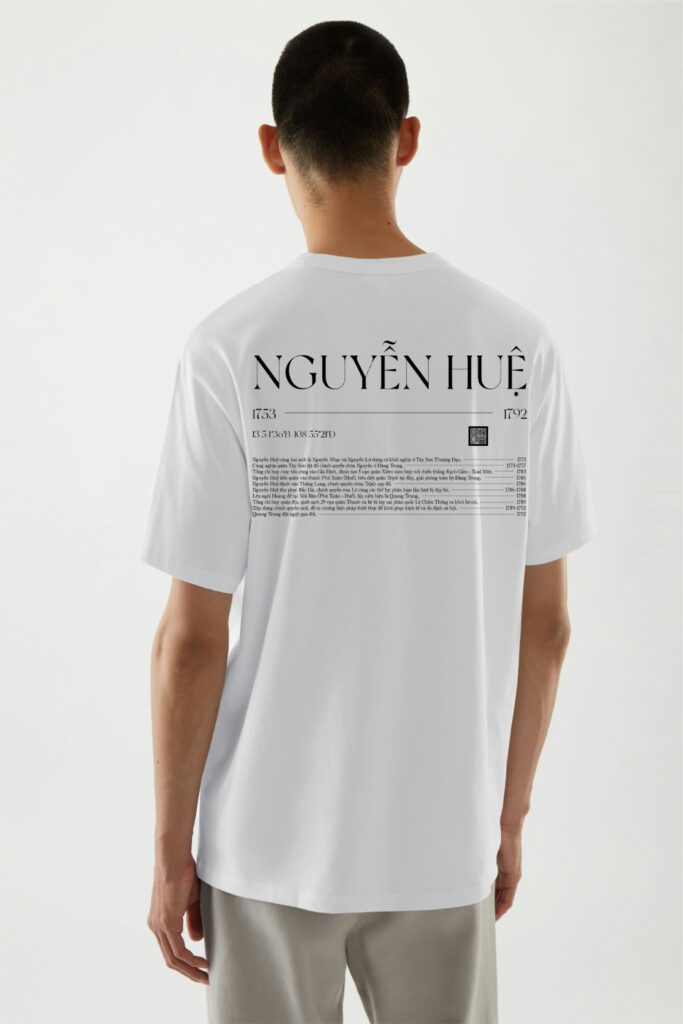
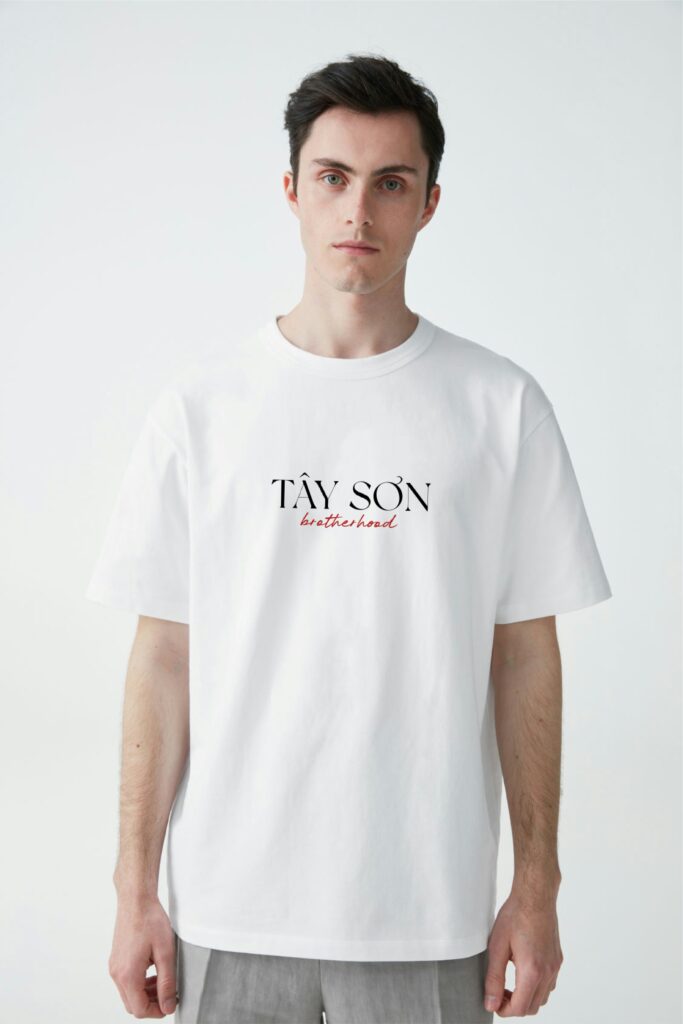
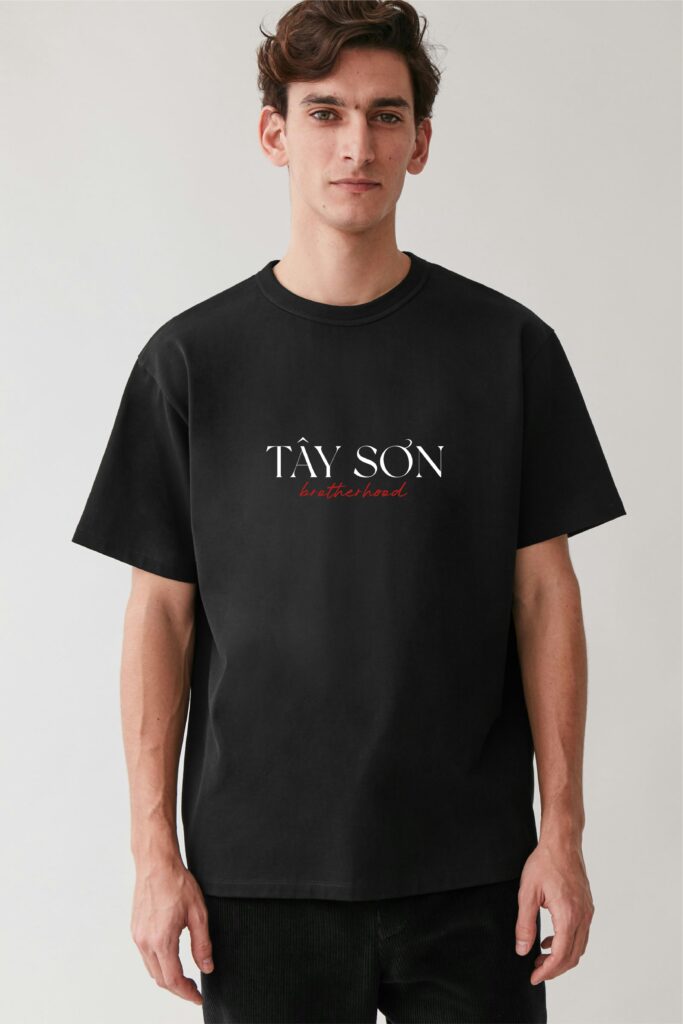
Fabrics & Sustainability in Crewneck Manufacturing
Modern customers demand sustainable fashion. Manufacturers now experiment with:
- Organic cotton farming to reduce pesticide use
- Recycled polyester made from plastic bottles
- Water-based inks for eco-friendly printing
- Fair-trade certified factories for ethical labor practices
👉 If you want your crewneck brand to be sustainable, Contact Us for guidance on eco-friendly fabric sourcing and production.
Global Crewneck Market & Trends
- Streetwear boom has fueled oversized and graphic crewnecks.
- Luxury brands like Gucci and Balenciaga redefined crewnecks as statement pieces.
- Sustainable fashion is expected to dominate the crewneck industry in the next decade.
- Custom printing & small-batch production allow startups to enter the fashion space with low investment.
Conclusion
Crewneck t-shirt manufacturing is one of the most dynamic areas in the apparel world, combining tradition, style, and innovation. Whether you are an aspiring fashion entrepreneur or an established brand, understanding the manufacturing process, fabric selection, and sustainability factors is crucial.
If you’re ready to create your own premium crewneck t-shirts, don’t wait — Contact Us and let Lead Sports help you manufacture high-quality products tailored to your needs.
- How to Manufacture Polo T-Shirt – Fabrics, Styles & Step-by-Step Guide
- V-Neck T-Shirt Manufacturing – Complete Guide to Fabrics, Styles & Production
- Crewneck T-Shirt Manufacturing – Complete Guide to Production & Styles
- Dress Manufacturing – Complete Guide to Making Stylish Dresses
- Oversized T-Shirt for Men & Women – Premium Fabric, Perfect Stitching & Trendy Style

